How do you like your eggs in the morning? If you're not quite sure, we're making your life easier by sharing the best ways to prepare them.
We've not quite got 100 ways to cook an egg, but we are covering the absolutely essential methods for that every beginner needs to know.
From poaching to frying, microwaving to boiling, if you want to become a whizz at cooking eggs, check out these step-by-step instructions. Perfect homemade eggs are not far away...
How to tell if eggs are fresh
Before we get cooking, it's important to know how to test your eggs. After all, no one wants to eat bad eggs! If you've thrown away the box and are unsure how fresh your eggs are, there are a few simple ways to test your eggs:
1. Check for an expiry date
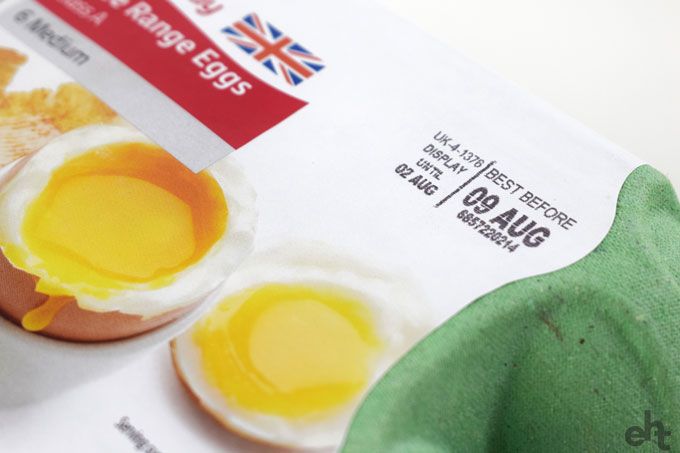
Most shop-bought eggs will have a "best before" date on the box. Unlike an expiry date, food that is past its best before date is normally still okay to eat. The best before date is simply a signal for freshness.
When cooking eggs, you'll want to use the freshest eggs possible for the best results. Best before dates are only an approximation, so you may still want to use another method to check for freshness...
2. Give it a sniff
In the same way that we test meat for freshness, sometimes you just can't beat the sniff test! Smell the shell to see if you can detect the odour of sulphur.
If the shell seems fine, crack the egg into a bowl or mug. Give it another sniff for good measure.
3. Will it float?
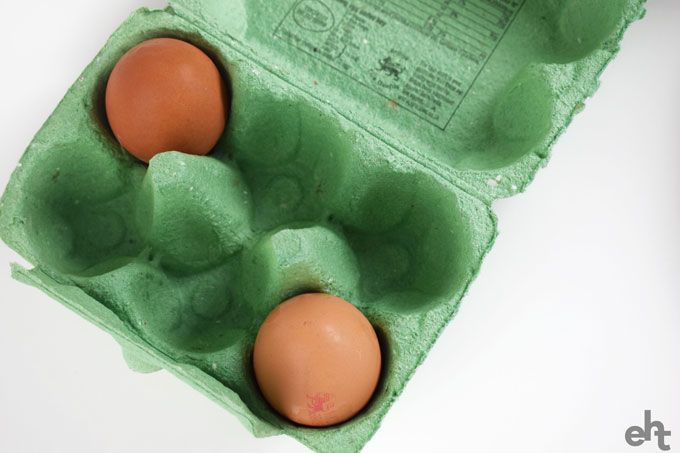
When boiling eggs, you might wonder... are floating eggs bad? Older eggs will have more air inside of them than fresher ones. This is because the liquid inside evaporates. A bad egg will have so much air inside of it that it will float in water.
To test, fill a bowl with cold water. Place your eggs in the bowl and see if they float or sink. Eggs that lay flat are very fresh, whilst eggs that stand up on one end are a little older. As long as it sinks, it's good to eat.
4. Shake it!
As mentioned above, older eggs will have a lot more air inside of them. Another way of testing for this is to give the egg a gentle shake next to your ear - be careful or you might scramble the egg! If you can hear the yolk moving around inside, it's likely gone bad.
How to cook eggs
Here at Expert Home Tips, we've looked at all sorts of cracking uses for eggs, including how they can make your hair grow, but how do we actually cook them?
1. How to make scrambled eggs

You might not think it, but there is an art to making the perfect scrambled eggs - and everyone has a different option. We're sharing our favourite way of making this classic, but feel free to adapt it to suit your tastebuds. This recipe serves one person, so double it if you're cooking for two.
You will need:
- 2 eggs
- 4-6 tbsp milk (optional)
- A pinch of salt and pepper for seasoning
- A knob of butter
Instructions:
- In a bowl, crack 2 eggs. At this stage, you might wish to add milk and seasoning. Gordon Ramsay says that you shouldn't use milk and that seasoning should be added later to stop the eggs from separating, but it's many people do anyway.
- Whisk to aerate the eggs for cooking. If you're cooking for a lot of people, why not use a blender to whisk your eggs faster?
- Take your pan and add the butter. Turn the hob to medium and gently melt the butter, moving the pan to spread the butter around. You don't want to brown the butter, or you could ruin the colour of your eggs.
- Add the egg to the pan. Leave it to sit for a few seconds and then begin to stir. Halfway through, and if you have not already, add the seasoning.
- Lift and fold the sheets of egg over, until you achieve the desired consistency. American-style eggs tend to be less scrambled with larger sheets, and British-style eggs tend to be more thoroughly mixed with a smoother consistency.
- Serve the scrambled eggs over a thick, crusty piece of toasted bread. Sourdough is our favourite!
TOP TIP: You can make scrambled eggs in the microwave too! Whisk the eggs together in a microwave-safe bowl, microwaving for 30 seconds at a time. Between each heat, give the eggs a mix. Continue until you achieve the desired consistency.
2. How to make poached eggs
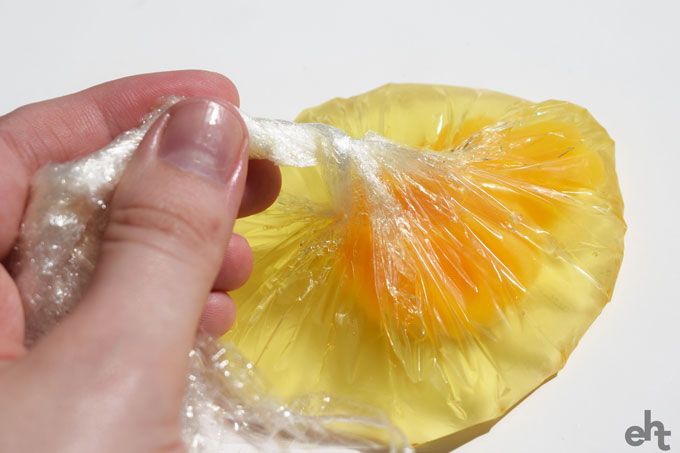
Wondering how to poach eggs perfectly? You're in the right place! To cook perfect poached eggs, a fresh egg makes all the difference.
Instructions:
- Heat water in a pan until it's boiled. Remove the pan from the heat until there are no bubbles. Lower the temperature so that the water is simmering.
- Crack your egg into a small bowl. Ensure that the yolk stays intact, and then carefully tip the egg out, into the pan of hot water.
- Leave the eggs to sit in the water for a minimum of 3 minutes. You can leave them for longer if you prefer a firmer egg.
Hacks for perfect poached eggs
- If your eggs aren't quite as fresh as you'd like, spin the water around with a spoon and then drop the egg into the middle of the pan. The spin will help the egg to stay together.
- For perfect poached eggs, this different technique is a sure winner. Take some food-safe cling film and lay a sheet over a bowl. Drizzle a little oil inside of the cling filmed bowl and then crack your egg into it. At this stage, you can add any seasonings or spices. Pull the edges of the cling film together and tie in a knot. Cook the cling-filmed poaches in a pan as normal. What a great cooking hack!
- For microwaved poached eggs, fill a mug just over halfway with boiling water. Add your egg and cover the mug with clingfilm. Cook for 30-60 seconds, depending on the power of your microwave.
3. How to boil eggs
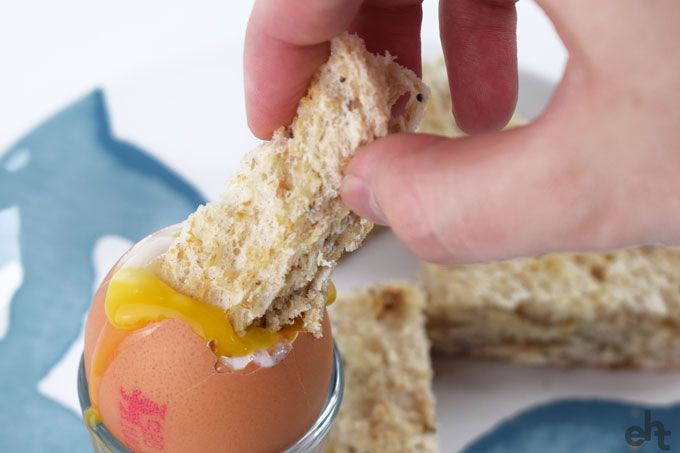
This method applies to eggs that have been stored at room temperature. Eggs stored in the fridge might take a little longer.
Instructions:
- Boil a pan of water and add a pinch of salt.
- Place your egg onto a slotted spoon and dip it in and out of the water two times to allow it to adjust to the boiling water.
- Carefully place the egg on the bottom of the pan. If your egg floats, it's likely gone bad.
- Cook your eggs for the desired amount of time. See below for our time guide.
- Serve with a pinch of salt and pepper and eat quickly after cooking. If you leave the egg for a longer period of time, the heat from the shell will continue to cook the egg.
How long do you boil eggs for?
Can't tell your soft-boiled eggs from your hard-boiled? Hard-boiled eggs are best for sandwiches and salads. They should be solid all the way through. Soft and semi-soft boiled eggs are much runnier, perfect for dipping soldiers into.
- Soft boiled egg - 5-6 minutes
- Semi-soft boiled - 7-8 minutes
- Hard-boiled - 11-12 minutes
4. How to fry an egg
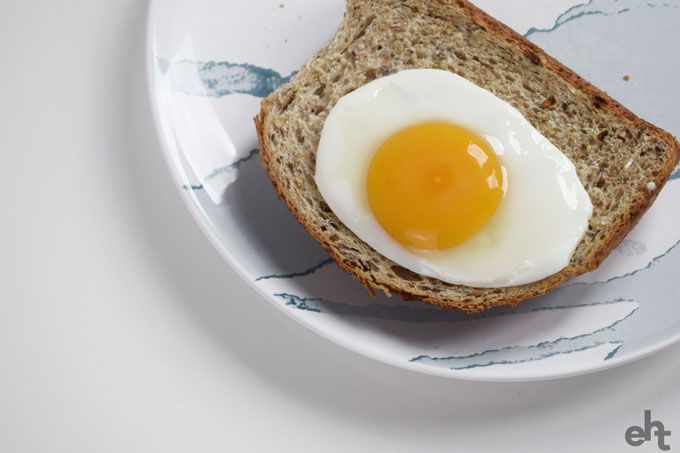
Instructions:
- Add butter or oil to a pan on medium heat - too much heat and your eggs will bubble.
- Wait until the butter is hot and then crack an egg directly into the pan.
- For sunny side up eggs, also known as dippy eggs, add a splash of water just next to the egg and cover the pan with a lid. This will produce steam that is necessary to cook the top of the egg without flipping. Cook until the egg white is solid. This should only take a few minutes.
- For over-easy eggs, you'll want to fry the egg on both sides. You can skip adding water and covering for this method. Simply flip the egg once the bottom of the egg whites has started to cook through. You can achieve over-medium or over-hard eggs by leaving it to cook for longer until the yolk cooks through.
How do you keep a fried egg from spreading?
- Use fresher eggs.
- Use metal rings to keep your eggs in shape.
- Don't use too much oil or butter.
TOP TIP: Did you know that there are loads of brilliant ways to use leftover eggshells? Give them a try today!
5. How to make an omelette

Omelettes are cheap to make and can be enjoyed for breakfast, lunch or dinner! Here's the recipe for a basic omelette:
Instructions:
- In a bowl, crack 2-3 eggs and season with salt and pepper. Whisk to combine.
- Heat a pan on medium heat with a drizzle of oil and a knob of butter.
- Add the eggs to the pan and use a spatula to pull the edges in toward the centre.
- As gaps form at the edge, angle the pan to move the liquid and fill the gaps.
- After about 30 seconds, sprinkle on some grated cheese.
- Once the egg is just slightly undercooked (but not raw!), use the spatula to loosen the omelette and fold in half.
- Serve and enjoy!
6. Eggs in a basket

Looking for something a little bit different? Why not try eggs in a basket. This one would be perfect for valentine's day - just cut a heart shape!
Instructions:
- Take a piece of bread and use a cookie cutter or the rim of a glass to cut out a hole.
- Butter both sides of the bread, being sure to keep the outer edge of the bread intact.
- Heat a frying pan on medium heat and cook the bread on both sides for approximately 2 minutes.
- Whilst still in the pan, crack an egg into the hole of the bread. Follow the instructions for cooking a fried egg to complete.
How long do eggs last
Depending on how it's been cooked or prepared, eggs will have different shelf lives. These are:
- Raw eggs in the shell - 4-5 weeks
- Raw eggs out of the shell - 2 days
- Raw egg whites - 4 days
- Raw egg yolks - 2 days
- Hard-boiled eggs in the shell - 1 week
- Hard-boiled eggs out of the shell - 1 day
Q&A
How can I safely store eggs?
It might surprise you to learn that eggs should not be stored in the fridge. This is because they can absorb odour, ruining their taste. Eggs don't need to be kept cold, so feel free to store them at room temperature.
If the eggs have been cracked, this is the only exception. These should be sealed in an airtight container and stored in the fridge.
How many calories are there in eggs?
The average boiled egg has 78 calories and a fried egg has 90. Whilst low in calories, eggs are high in cholesterol so should be eaten in moderation. You should eat no more than 6 or 7 a week.
How do you separate eggs?
The easiest way to separate an egg white from the yolk is to use a slotted spoon. Crack the egg onto the spoon and the white will drip through the holes.
Can you boil eggs in your kettle?
This hack suggests that you can boil eggs in your kettle. Whilst this does work, we wouldn't recommend it. If the egg cracks while the water is bubbling, you'll have a pretty messy clean-up job to tackle.
Are there any other ways to cook eggs?
Still looking for more ways to cook eggs? There are a few other methods including baked eggs (eggs en cocotte), basted eggs, pickled eggs, eggs benedict, deviled eggs or scotch eggs.
Do you cook your eggs a different way? Let us know in the comments below!

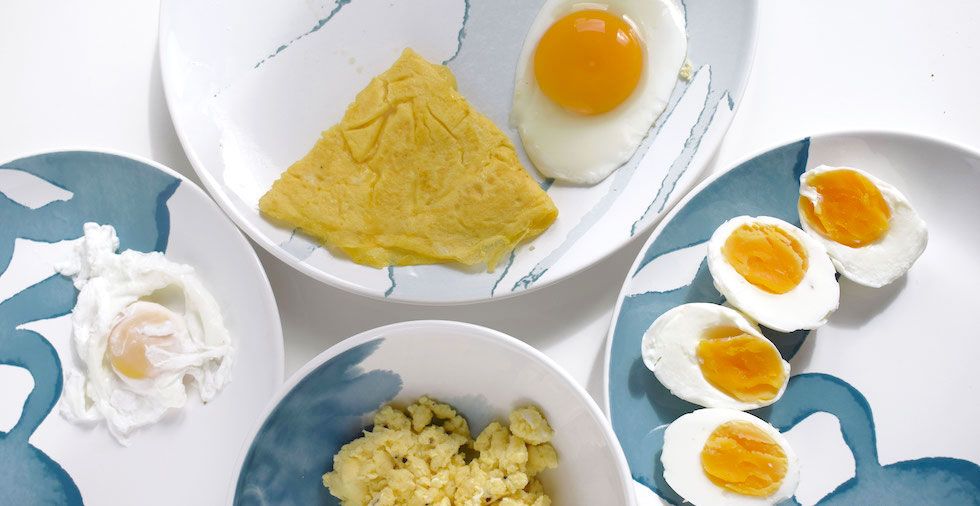
I have never used this method of cooking an egg, I think that it would come under invalid cookery, but you make no mention of a coddled egg. Method. Put an egg into boiling water, bring the water back to the boil. Turn off the heat and leave for six minutes.
Coddling an egg involves gently heating the egg in water just below boiling point. The method you described of putting an egg in boiling water and then leaving it for six minutes would result in a partially cooked egg but might not be considered a traditional "coddled egg."
I’ve stopped frying eggs and use water freshly boiled from a kettle instead. Cook exactly the same way as with fried eggs, except you don’t get the smell of frying and you don’t get oil spatter, also the egg whites never go that overcooked, crispy way. Healthier too and the pan is easier to clean afterwards.
Interesting tip!
I cook perfect poached eggs in my little stoneware pot in the microwave. Add boiling water 1/2 way, break open the shell and drop the egg into the boiling water. Cook on medium in the microwave for +1 1/2 minutes depending on consistancy. Once set, scoop it out with a slotted spoon - and there you have it - a perfect poached egg!
Thanks for sharing!
Air fry a boiled egg. Place in air fryer (including shell) for 6/7 minutes
Great tip! Up to 15 minutes for hard-boiled.